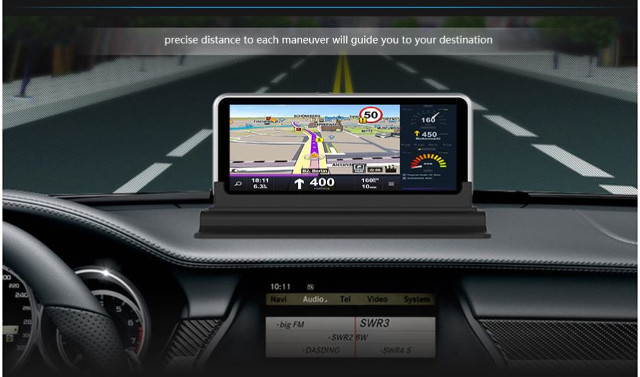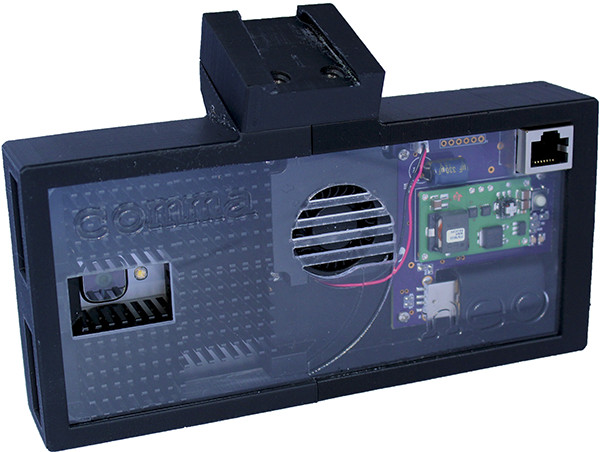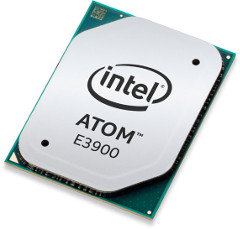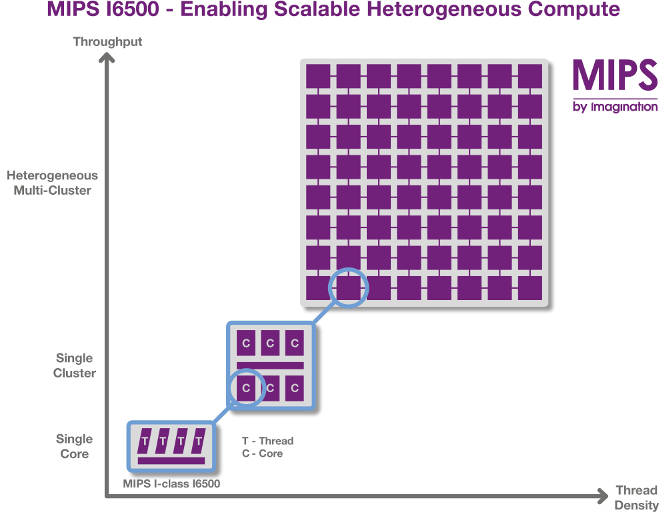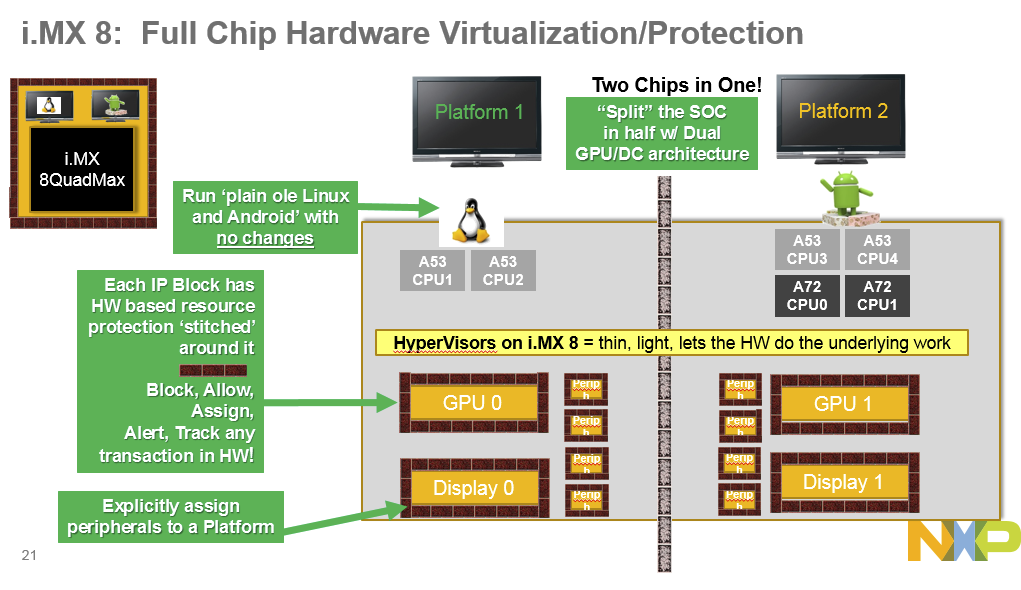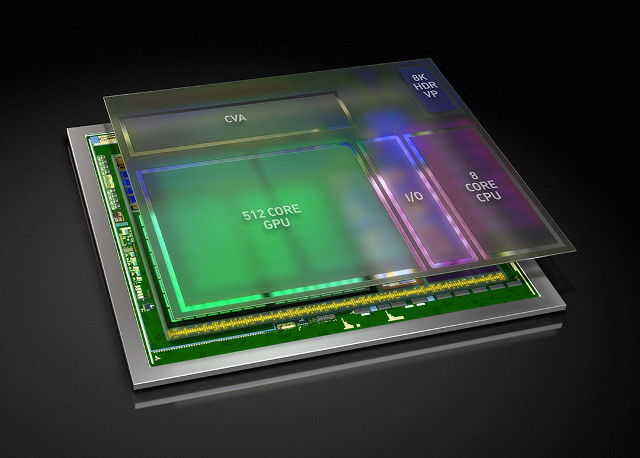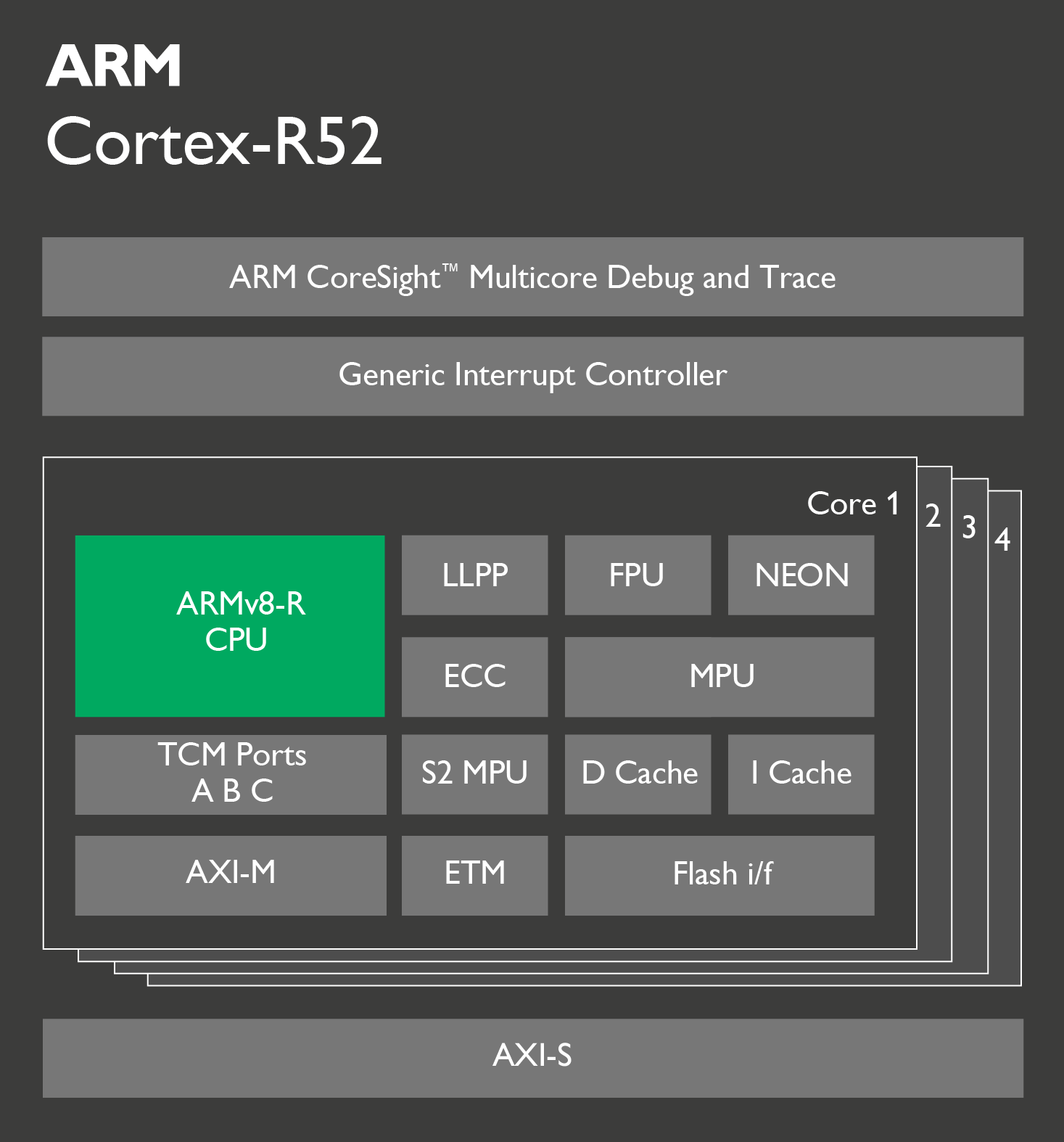There are plenty of Android car systems for sale with DVR and/or GPS navigation capabilities on the net, but sometimes they lack some features, or come in a 2 DIN form factor, which is nice if you know how to disable your car dashboard, but it might be a little complicated if you don’t. An alternative is to get an Android rear view mirror, but obviously the display is much smaller, and it reduces the usable space on the rear view mirror to see what’s going on behind. However, this morning I’ve come across Junsun H552C Android 4.4 system with a 7″ display, rear and front cameras, and GPS navigation system that might be easier to install since it sits on top of the dashboard, and is selling for $118.54 on Dealextreme. Junsun H552C specifications: Processor – Quad core CPU @ 1.3 GHz System Memory – 1GB RAM Storage – […]
Hack Autonomous Driving into Your Car with Open Source Hardware Comma Neo and Open Pilot Software
George Hotz setup Comma.ai company and worked on a commercial project called Comma One to add autonomous driving to some car models, but then the US highway authorities started to ask questions and promised ever increasing fines if he could not comply with some specific safety regulations/requirements, and eventually he decided to cancel the project due to the regulatory burden. A few weeks passed since the cancellation, and he has now released Open Pilot auto-pilot software and Comma NEO a work-in-progress open source hardware platform connecting to Qualcomm Snapdragon 820 powered OnePlus 3 smartphone to run the software. The system is said to implement “Adaptive Cruise Control (ACC) and Lane Keeping Assist System (LKAS) for Hondas and Acuras”, and performs about the same as “Tesla Autopilot at launch, and better than all other manufacturers”. Open Pilot currently only supports the Acura ILX 2016 with AcuraWatch Plus and the Honda Civic […]
$49 Dashbot Car Dashboard Assistant is Powered by C.H.I.P Pro Allwinner GR8 Module (Crowdfunding)
Most companies specializing in development boards may sell a few accessories for their boards, but usually leave product design to their customers. Next Thing Co. does that too, but the company also produces some products like PocketCHIP portable Linux computer & retro game console, and more recently Dashbot, a voice controller assistant for your car’s dashboard powered by CHIP Pro module. Dashbot hardware specifications: CPU Module – CHIP Pro with Allwinner GR8 ARM Cortex A8 processor @ 1.0 GHz, 512MB NAND flash, 256 DDR3 RAM, 802.11 b/g/n WiFi, Bluetooth 4.2 External Storage – micro SD slot Display – Red LED display Audio – 32-bit audio DSP for beamforming & noise suppression; fairfield audio pre-processor with 24-bit ADC; high fidelity MEMS microphone array (106 dB dynamic range) USB – 1x USB host port Power Supply – 5V via USB port or 12V via power port (aka cigarette lighter) + backup LiFePo4 […]
Intel Introduces 3 Atom E3900 Apollo Lake Processors for IoT, Industrials and Automotive Applications: x5-E3930, x5-E3940, x7-E3950
Intel previously introduced Celeron and Pentium Apollo Lake processors for laptops and mini PCs, and it seemed Atom was gone for good from that processor family, but the vendor has now introduced Atom E3900 “Apollo Lake” processor family for IoT, industrial and automotive applications with three models: x5-E3930, x5-E3940, and x7-E3950. All three new processors will support up to 8 GB of LPDDR4/DDR3L memory, come in a FCBGA1296 package, be manufactured using 14 nm process, support 4K UHD video output up to 60 Hz on three independent displays, up to 15 simultaneous 1080p30 video stream, as well as 13MP cameras for photos and 1080p60 video capture. Peripherals interfaces include SATA 3.0, PCIe lane, HDMI, DisplayPort, embedded DisplayPort, USB 3.0 & 2.0 ports and more. The new processors also integrate Intel Time Coordinated Computing (TCC) Technology that “coordinates and synchronizes peripherals and networks of connected devices, achieving improved determinism. It can […]
Imagination Technologies Announces MIPS Warrior I-class I6500 Heterogeneous CPU with up to 384 Cores
Imagination has just unveiled the successor of MIPS I6400 64-Bit Warrior Core with MIPS Warrior I-class I6500 heterogeneous CPU supporting up to 64 cluster, with up to 6 cores each (384 cores max), themselves up to 4 thread (1536 max), combining with IOCU (IO coherence units), and external IP such as PowerVR GPU or other hardware accelerators. The main features of MIPS I6400 processor are listed as follows: Heterogeneous Inside – In a single cluster, designers can optimize power consumption with the ability to configure each CPU with different combinations of threads, different cache sizes, different frequencies, and even different voltage levels. Heterogeneous Outside – The latest MIPS Coherence Manager with an AMBA ACE interface to popular ACE coherent fabric solutions such as those from Arteris and Netspeed lets designers mix on a chip configurations of processing clusters – including PowerVR GPUs or other accelerators – for high system […]
Meet NXP i.MX8 Processor Families: i.MX 8 for High performance, i.MX 8M for Audio/Video & i.MX 8X for Low Power
Freescale and then NXP have been talking about i.MX8 processors for several years, and this spring unveiled i.MX 8 Multisensory Enablement Kit without giving much details about the processor except it would include both Cortex A72 & A53 cores. But NXP put out a press release yesterday about “Multisensory Automotive eCockpit Platform to Advance Multimedia Experiences in Future Cars” which appears to be the same news but with different words, except the content of the PR has more interesting bits such as: The new family, which is based on up to six 64-bit ARMv8-A technology processor cores and includes a HiFi 4 DSP, LPDDR4 and DDR4 memory support as well as dual Gigabit Ethernet with audio video bridging (AVB) capability, is designed to advance automotive dashboard graphics such as instrument clusters, infotainment visuals, heads-up displays, rear-seat screens and more. Capable of driving four HD screens with independent content or a […]
Nvidia Unveils Xavier Automotive & AI Octa-core SoC with 512-Core Volta GPU, 8K Video Decode & Encode
Nvidia has introduced the successor to their Parker SoC mostly targeting self-driving cars and artificial intelligence applications, with Xavier SoC featuring 8 custom ARMv8 cores, a 512-core Volta GPU, a VPU (Video Processing Unit) supporting 8K video decode and encode and HDR (High Dynamic Range), as well as a computer vision accelerator (CVA). The processor will deliver 20 TOPS (trillion operations per second) of performance, while consuming only 20 watts of power, and since it’s designed specifically for autonomous cars, it will comply with automotive safety standards such as ISO 26262 functional safety specification. Anandtech published a comparison table with Tegra X1 (Erista), Parker, and Xavier using currently available information. Xavier Parker Erista (Tegra X1) CPU 8x NVIDIA Custom ARM 2x NVIDIA Denver + 4x ARM Cortex-A57 4x ARM Cortex-A57 + 4x ARM Cortex-A53 GPU Volta, 512 CUDA Cores Pascal, 256 CUDA Cores Maxwell, 256 CUDA Cores Memory ? LPDDR4, […]
ARM Unveils Cortex-R52 ARMv8-R CPU Core for Safety-Critical Systems
ARM has introduced their very first ARMv8-R real-time 32-bit CPU core with Cortex-R52 designed for safety-critical applications in the automotive, industrial and health-care markets. It has been designed to address higher workloads with increased performance (up to 35%) compared to Cortex-R5 processor. The processor should be used in systems capable of fulfilling IEC 61508 SIL 3 and ISO 26262 ASIL D functional safety requirements. ARM explains the new processor address both random errors for example bit flipping from radiation, and systemic errors more related to software or design faults. The latter can be addresses with the right development processes, including following aforementioned functional safety standards, but random errors require some extra hardware features such as ECC memory, or dual core lock step processors, where instructions are run on two processors simultaneously and results compared. Normally, the whole software stack must be validated and certified on safety-critical systems, even for part […]


